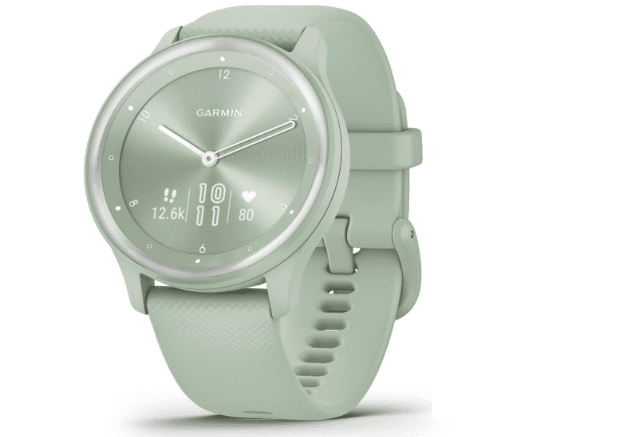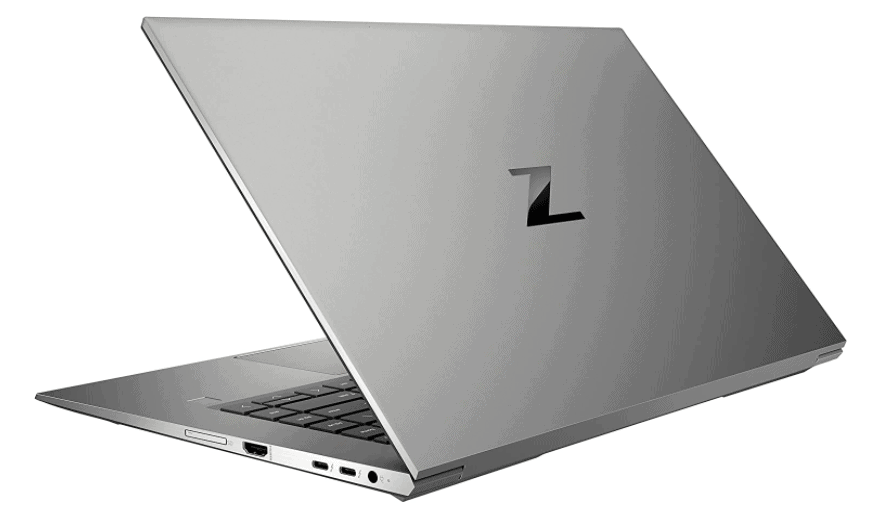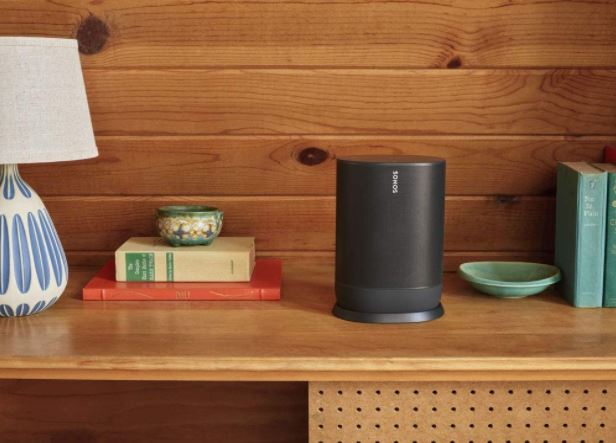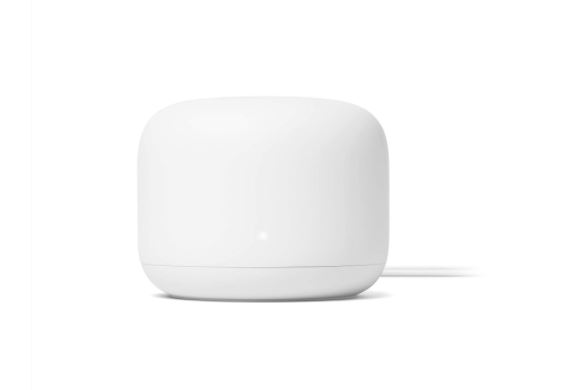The OnePlus 10 Pro differs from all previous OnePlus phones in that it is the first flagship phone to be released since OnePlus and Oppo took their relationship to the next level and moved in together. We have been excitedly awaiting the global release of the OnePlus 10 Pro — would it be another smash hit to follow the nearly flawless brilliance of the OnePlus 8 Pro and OnePlus 9 Pro? Yes, for the most part, but there have been some adjustments.
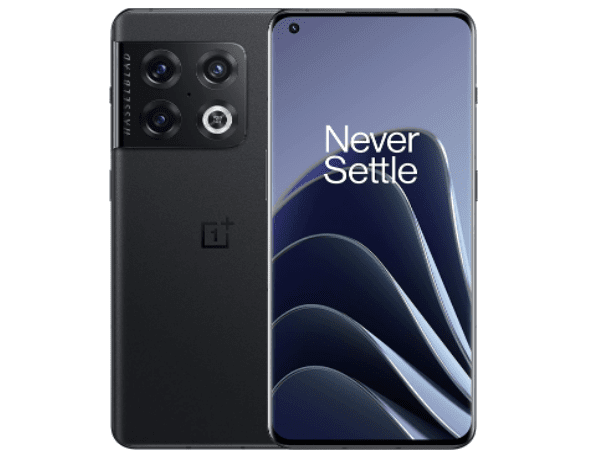
OnePlus 10 Pro Design
In your hand, there is no discernible size difference between the OnePlus 10 Pro and the OnePlus 9 Pro, and they are about the same weight. The 10 Pro has a big, confident feel to it at 8.6mm thick and 200 grams, as the phone’s size mirror the exceptional build quality and materials utilized. The screen is protected by Gorilla Glass Victus, the back by Gorilla Glass 5, and everything is held together by a metal chassis.
It’s the Emerald Forest hue seen in the majority of our images — there’s also a Volcanic Black color if you’re not as bold — and it’s stunning. The frosted finish gives grip and is fairly fingerprint resistant, while the shade of green chosen is light and unobtrusive. The color has been transferred to the metal chassis and contrasts beautifully with the huge, black, reflecting camera module. It’s part of the chassis, just like the Galaxy S21 Ultra, and because it spans more than half the width of the phone, it makes a serious statement.
The Hasselblad emblem is carved into the ceramic camera module, there’s a OnePlus logo in the center of the body, and the Oppo Find X5 Pro’s unattractive legal text has been skillfully hidden towards the bottom of the phone. The Alert Slider on the side of the phone allows you to switch between Silent, Vibrate, and Ring modes. You may not know how useful the Alert Slider is until you use it. It’s a tangible representation of Apple’s Focus mode in iOS, and I use it every day. There’s also some nice haptic input when switching modes.
The fingerprint sensor is now higher up on the screen, making it easier and more natural to locate than on the OnePlus 9 Pro. It’s another aspect of the OnePlus 10 Pro’s fantastic overall design that makes it a pleasure to own and use, just as the decision to keep it under 200 grams keeps it pocket-friendly and never tiring to handle. It’s simply a shame that OnePlus hasn’t included an IP68 water-resistant rating, and the all-glass body is vulnerable if you’re clumsy, so you might want to keep it in a case.
The design of the OnePlus 10 Pro is a significant improvement over that of the OnePlus 9 Pro. It’s the same size and shape, but the camera module design and implementation give it a distinct personality, and the Emerald Forest color pops when you put the phone down.
You may also like The Best Google Pixel Smartphone Deals
OnePlus 10 Pro Camera
Hasselblad is back for the OnePlus 10 Pro, this time with the second generation Hasselblad Camera for Mobile software. A 48-megapixel main camera, a 50-megapixel wide-angle camera with a 110-degree field of view, and an 8-megapixel telephoto with 3.3x optical zoom round out the gear. A special 150-degree wide-angle camera option is also available.
Hasselblad’s features can be found in a variety of places. For example, Hasselblad has improved the RAW mode to produce the RAW+ mode, which generates over and under-exposed photos to create a new RAW image that can be edited in the phone’s Gallery app. It has worked to assist the camera in capturing natural colors, which relies on the camera’s capacity to take 10-bit color photos. Hasselblad Master photographers have also designed a few new filters.
I really appreciate the photographs taken by the main camera. Hasselblad’s big boast is that it’s working on the way the camera reproduces colors, but happily, it doesn’t avoid HDR or high saturation in search of a natural palette, instead brilliantly balancing the effect of HDR and vibrant colors for attractive photographs that never lack pop. However, it is difficult to trace Hasselblad’s involvement in the camera, making it difficult to assess how big of a difference it is making.
Unfortunately, the consistency between the other cameras is poor. The gallery above includes a 150-degree image, a wide-angle image, a primary camera image, and a 3.3x zoom image. The 150-degree photo is bright and vibrant but contains some noise, whereas the wide-angle photo removes the noise and reduces the HDR look but is weirdly exposed and lacks visual punch. The main camera is far superior, with a beautiful sky, brilliant colors, and plenty of detail in the buildings. Finally, the zoom image has dull colors and is lacking in depth.
What else is there? I enjoyed the 150-degree wide-angle mode and its excellent HDR effect, but there was no macro mode. The option for 10-bit color photos is intriguing. When you shoot in this mode, your photographs are saved as HEIC files rather than JPEGs, and you must view them on either the phone’s 10-bit color screen or a compatible monitor to receive the full advantage. Even on my 8-bit monitor, though, there was more definition and less obvious banding than in the JPEG version. I also noticed that the photographs appeared sharper even when zoomed in. It’s a fascinating mode that deserves to be explored. However, I didn’t think the Hasselblad Master filters added anything to my images.
Despite the other cameras’ inconsistencies, I have appreciated utilizing the OnePlus 10 Pro’s main camera and its 150-degree ultrawide mode. However, when compared to other recent cellphones, it struggles. It was trounced in every category in our test against the iPhone 13 Pro, with the low-megapixel optical zoom being one of the primary areas where it fell short.
The camera on the OnePlus 9 Pro required a few updates before it was at its finest, and the OnePlus 10 Pro is likely to be the same. The majority of the photographs in these galleries were taken prior to the arrival of a software update promising camera enhancements. So far, photographs appear brighter and more colorful than before, with improved overall balance, and some of the strange exposure issues appear to have been resolved. We’ll keep testing, but early indications show that OnePlus has already begun to improve consistency.
You may also like Google Pixel 5: The 5G Android SmartPhone
OnePlus 10 Pro Software
What software has been installed? It’s reportedly OxygenOS 12.1, but aside from OnePlus’s familiar font and some distinctive aesthetic choices, such as the red and white color combo for some menus, it appears like Oppo’s ColorOS to me. The two have the same codebase, and it appeared like they would merge to become one, but OnePlus later stated that they will remain different. Unfortunately, there is no genuine evidence of that here, which is not good news.
Calling features by a different name and slightly altering their icons do not qualify as “distinct” differences. The fact that OxygenOS has the Canvas always-on screen style and ColorOS has Portrait Silhouette does not distinguish them. No one is fooled by a slight change in the layout of Quick Settings, nor by the option of using OnePlus Sans typeface in OxygenOS or OppoSans font in ColorOS. The system noises and haptic alerts are also identical.
All of the drawbacks of ColorOS 12 on the Find X5 Pro have been incorporated into OxygenOS. The onslaught of changes every time you try to make a function more usable, spreading app icons throughout the home screen even when you chose the Drawer layout during setup, and the awful unreliability are all present. For example, WhatsApp and Line consistently disregard incoming messages, and an old message appears as the always-on screen notification on the arrival of a new email.
Is everything bad? I enjoy the larger icons that appear inside folders, as well as the fact that it is limited to four icons rather than the nine icons that appear in ColorOS folders. The battery percent displayed outside the battery indicator is more visible and easier to read at a glance. It’s also snappy and smooth, with apps loading rapidly. Even certain features of the interface are excellent, such as the wide, simple selection menu that shows when a USB cable is inserted to transfer files. ColorOS isn’t fundamentally horrible, but it’s disorganized, not usually rational, frequently annoying, and occasionally unreliable. We now have to put up with it on Oppo, OnePlus, and Realme devices.
When I returned to the OnePlus 9 Pro with OxygenOS 11 installed, I realized what I had been missing. It’s lighter and cleaner, makes better use of space, and is more snappy. No, the design isn’t much different, but it appears to work better and more cohesively as a whole. I wish OxygenOS 12 could be the same, but in a ColorOS world, OxygenOS has devolved into nothing more than a collection of widgets.
You may also like Best 5G Phones to Buy
OnePlus 10 Pro Performance
Along with the Qualcomm Snapdragon 8 Gen 1 engine, the flagship OnePlus 10 Pro sports 12GB RAM and 256GB storage capacity. If you choose to save money, there is also an 8GB/128GB model available solely in Volcanic Black. It is, unsurprisingly, an incredible rocket. Asphalt 9: Legends runs flawlessly and is incredibly fast and smooth. The phone is comfortable to hold in landscape mode, and smart cooling technology keeps it from overheating. After an hour of play, the rear panel became slightly warm to the touch.
I first had some Wi-Fi connection issues, where it would occasionally fail to maintain a fast connection despite registering a full Wi-Fi signal. This occurred before the phone’s formal release, but a software update arrived just before the embargo was removed, with a note indicating that Wi-Fi will be upgraded. It has resolved the problem. I’ve never had a problem with reception, regardless of band, in my time with the phone.
Screen and Audio
The 6.7-inch AMOLED screen on the OnePlus 10 Pro is quite similar to the one on the OnePlus 9 Pro. The 3216 x 1440 pixel resolution provides a high pixel density of 525 pixels per inch (PPI) for extreme sharpness, a billion colors, and HDR10+ certification. The dynamic 120Hz refresh rate is responsible for the change. The display is an LTPO 2.0 AMOLED, which allows for faster refresh rate adjustment and then applies it to more sections of the operating system for better efficiency.
I haven’t noticed any aesthetic differences between the OnePlus 10 Pro and other phones, and I’m still enjoying the silkiness of a 120Hz refresh rate screen. If the LPTO 2.0 panel extends the battery’s life in the process, that’s even better. It’s worth mentioning that the screen on the OnePlus 10 Pro appears to be identical as the one on the Oppo Find X5 Pro.
OnePlus has also launched an Adaptive Brightness option, in which the phone employs artificial intelligence to adjust the screen brightness based on your preferences and lighting situations. It’s designed to prevent you from manually altering the brightness. I’ve had the phone for over a week and it hasn’t learned anything because I’m still adjusting the brightness down to avoid singeing my eyeballs on a frequent basis. I’m not saying it doesn’t function; it’s just taking its time figuring out that I don’t need it at full brightness first thing in the morning.
Taeyeon’s INVU music video demonstrates how well the OnePlus 10 Pro handles contrast and shaded areas while still surprising with bright, rich colors. It has a lovely screen, and the speakers have really impressed me. Whether it’s Taeyeon’s powerful voice or spoken word, the OnePlus 10 Pro produces a very well-rounded sound that can get very loud without becoming shrill or distorted. I attached a pair of Bang & Olufsen EQ true wireless headphones, and it connects via Qualcomm AptX Adaptive, providing a superb wireless audio experience. It is an excellent multimedia smartphone.
You may also like New Apple iPad Air 4th Generation
Battery and charging
Please bear with me because this is a little confusing. The OnePlus 10 Pro features a 5,000mAh dual-cell battery, which is an upgrade from the 4,500mAh cell seen in the OnePlus 9 Pro. The phone comes with a 65W SuperVOOC charger if purchased in the United States, but an 80W SuperVOOC charger if purchased in the United Kingdom. Because the 80W brick does not support the 110-volt electric grid in the United States, OnePlus has kept the same 65W charger as the OnePlus 9 Pro.
What exactly does this mean? The 5,000mAh battery will charge to full in 34 minutes in the United States using the 65W charger. It takes 32 minutes with the 80W charger. Overall, the charge time is comparable to that of the OnePlus 9 Pro, with the exception that there is an additional 500mAh capacity to fill. So, while it’s not technically faster, it charges more battery in roughly the same amount of time.
On paper, that’s a reasonable trade-off, but how about in practice? The battery on the OnePlus 10 Pro has so far lasted around a day and a half with a full charge and moderate use. This includes snapping photos, but not playing video games. After three hours of screen time and 30 minutes of gaming, the battery had reached 40% by midnight. The battery life has not improved with continued use over the last few weeks. For me, it’s still a day and a half of frequent use.
The OnePlus 10 Pro’s battery will be returned to nearly 100 percent after only 15 minutes on the fast charger, starting at 40 percent. It’s convenient and saves energy by not leaving the phone plugged in and charging overnight. Wireless charging is also supported, and like the OnePlus 9 Pro, it’s a 50W system that works with the OnePlus 9 Pro wireless charging stand or an Oppo branded one.
Accessories
I received two cases along with the OnePlus 10 Pro. The first is an interesting camera-inspired cover, while the second is the conventional Sandstone design that many long-term OnePlus fans adore. The camera-style case adds some bulk, but it significantly improves protection, providing extensive coverage over the phone’s corners and ends. Even though the surface is relatively smooth, there are plenty of grips.
The Sandstone case, as expected, provides a much more grippy texture. It keeps the phone from moving around on any surface, but it’s very uncomfortable to hold unless you like your technology to feel like it’s ready to buff your nails. It is available in black, and the Emerald Forest OnePlus 10 Pro does not deserve to be hidden behind it.
With the OnePlus 9 series, OnePlus debuted the Warp Charge 50 wireless charger. The wireless charging speed of the OnePlus 10 Pro remains the same, so if you already possess one and are thinking about upgrading, it will still provide maximum charging speed.
CamRojud may earn a certain commission on products purchased via our links, which supports our effort on this content.
Would you like to read more about OnePlus 10 Pro-related articles? If so, we invite you to take a look at our other tech topics before you leave!







